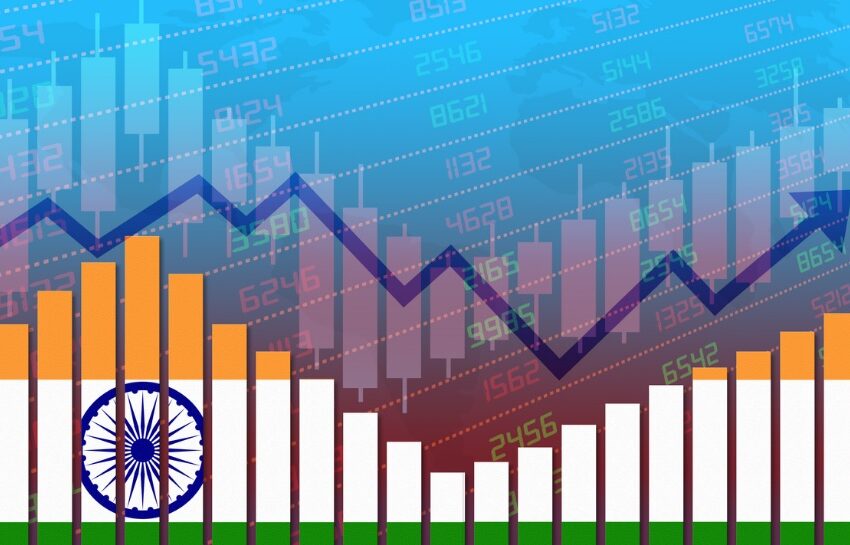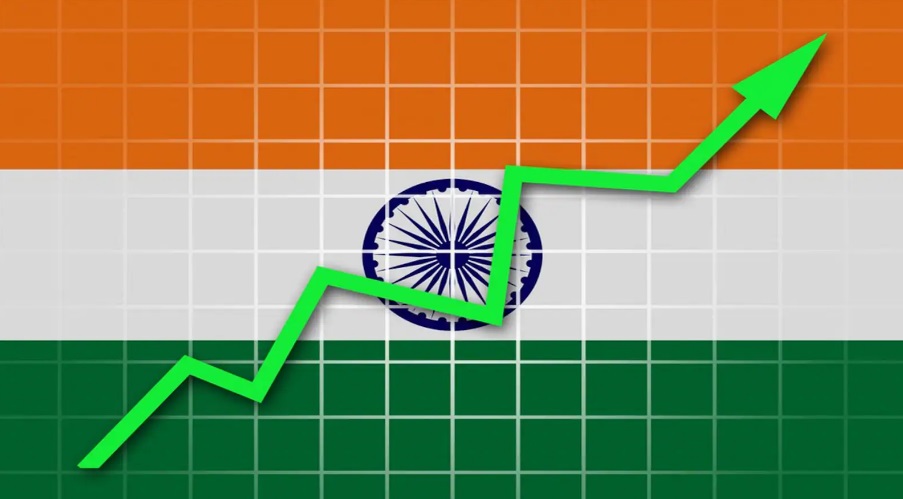
India’s Growth Momentum: Poised to Cross the ‘Miracle Economy’ Benchmark
The Indian economy is performing far ahead of what had been predicted. Updated figures for FY24 show that the Indian economy will grow by 9.2%, which is a rise from 8.2% earlier, while estimates for FY25 are now at 6.5%, higher than the previous 6.3%. India is now on track to surpass its 7% GDP growth target, which many consider a key to transforming India into a “miracle economy.”
Why Should We Pay Attention to the Increased Predictions?
The way the forecasts continue to rise is compelling. Before FY24 was estimated to grow at 7.4%, then 8.2% and now it’s projected to grow at 9.2%. Chief Economic Adviser V. Anantha Nageswaran has consistently expected 6.5% growth for India, and FY25 is also projected at 6.5%.
Even though some doubt the results after multiple revisions, respected experts like Pronab Sen say that problems with collection may exist, but changing the data is very unlikely.
The GDP Deflator’s Purpose
A crucial point in the argument is that the inflation rate calculated from the CPI differs from the GDP deflator, which helps measure real GDP growth. Last year, inflation, as measured by the GDP deflator, was relatively low, dropping to 0.6%, while CPI inflation was significantly higher at 4.6%. The low deflator value made the real GDP increase seem larger than usual.
The deflator is anticipated to be at 3.2% in FY25. Based on this data, the GDP for the previous fiscal year (FY24) may have been overstated, and the same applies to FY25. Looking at both years as a whole, the economic growth rate was 7.85%, much higher than the normal 6.5% and well past the 7% needed to label a country a ‘miracle economy.’
Growth Despite Challenges Facing the World
In a world of economic uncertainty, India’s economy is robust. In FY24, the crises in Pakistan, Sri Lanka, and Bangladesh led to IMF bailouts as their economies were in decline. The upcoming FY25 may face more geopolitical challenges due to Donald Trump’s re-election bid, which is making trade and investment activities more uncertain globally.
Facebook is a successful company despite the hurdles India is facing, thanks to its strong economic foundations. This shows how tough Canada is.
Problems in Manufacturing
An issue is that manufacturing is not keeping pace with the overall rise in GDP. However, the share held by PLI in the economy is now just 18%, despite the government offering substantial incentives for the PLI scheme. Yet, Apple, Samsung and Dixon Technologies are continuing to build mobile phones, which is positive amid the downturn; however, this industry is still subject to world trade rules.

Imports and Exports, as well as Investments, Increase Growth
Investment has played a significant role in strengthening the economy. Investment as a share of GDP increased in FY25, reaching 33.7%, which was the highest since FY13. The rise shows that spending by public bodies and private firms has risen.
There have been better results in cross-border trade for both products and services. The growth of Global Capability Centres (GCCs) is strengthening India’s high-tech and high-income industries.
Rural revival and agriculture
There is also a positive impact of increased agricultural activity. Farmers are expecting record production this rabi, and forecasts for good rain, especially during monsoon, mean the kharif harvest will also be strong. This should help expand consumption among rural populations and contribute to balanced growth outside of cities.
A stable macroeconomic environment increases a positive outlook
India continues to perform well economically on a large scale. Managing deficits and inflation is easy for the economy. Although the education and justice systems are still not entirely satisfactory, this has not prevented the economy from performing well in the short and medium terms.
All in all, the economy could become a Miracle Economy.
Despite the remaining challenges, it appears that India will outperform the 7% GDP growth of so-called ‘miracle economies’. Although incoming data could bring adjustments, at this point, the economy appears to be doing better and isn’t feeling the impacts of global uncertainties as much as others are.



